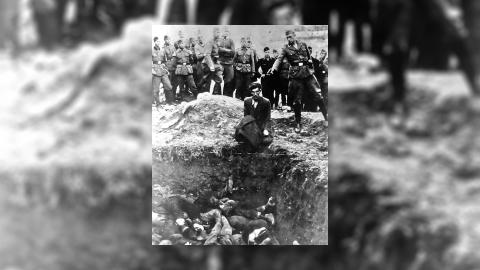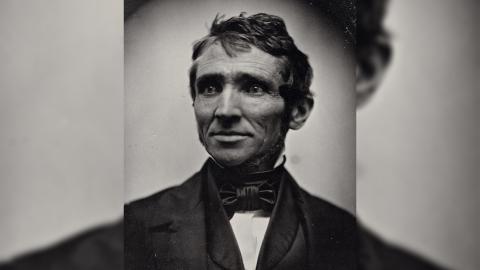Thomas Edison
Edison electrocuted animals to death, supported the electric chair and tried to communicate with the dead. But the ‘Wizard’ is revered for his contributions to the light bulb, the phonograph, the telephone transmitter and the motion picture camera.
“Thomas Edison is probably the most brilliant inventor America ever had. And like many brilliant men he was capable of spectacularly wrong choices.”
Maury Klein, historian
Thomas Alva Edison is born in 1847 to an exiled Canadian political activist and a school teacher. An attack of scarlet fever starts deterioration in his hearing that will eventually leave him nearly deaf as an adult. A hyperactive pupil, his mother pulls him out of school and educates him at home.
Aged 12, he starts selling sweets and newspapers to rail passengers, going onto publish his own newspaper. He uses the profits to pursue experiments in his basement and stores excess chemicals in his locker room on a train. After these chemicals cause a fire, he’s ejected from the train and told to stick to the railway stations.
TELEGRAPH TOM
After saving a stationmaster’s son from being run over, the boy’s father teaches Edison to operate the telegraph. He travels the Midwest with his new skill, experimenting both with telegraph technology and electricity. In 1868, he returns home penniless only to find his mother going mad and his father jobless.
So, the following year, Edison moves to New York, takes up a full time telegraph job, and obtains his first patent. But no one buys his vote recording machine. But his next patent for an improved stock ticker earns the 22 year old $40,000. Financially independent, he quits his job and becomes a full time inventor. One of his first customers is Jay Gould, one of the few people to out-manoeuvre Cornelius Vanderbilt.
LIGHTBULB MOMENT
Edison will go on to secure over 1,000 patents. In a burst of prolific creativity, in just eight years, between 1879 and 1886, he secures 400. One of them, in 1877, is the phonograph, the first machine to be able to record and replay sound and the forerunner of the record player.
In 1879, he produces the first commercially reliable, long lasting light bulb using Direct Current or DC. But it is impractical for long-range distribution and it’s one of his employees, Nikola Tesla, who finds the solution with Alternating Current or AC. The next two decades will see a clash of egos and electricity.
"The war of the electric currents is the dark side of Thomas Edison. The tactic that Edison took was to persuade people that alternating current was the killer current."
Jill Jonnes, historian.
EDISON & THE ELECTRIC CHAIR
Edison becomes obsessed with discrediting Tesla. He invites the public and press to experiments where animals such as elephants are electrocuted to death using Tesla’s AC. Tesla responds with almost magical light shows where electricity pulses harmlessly through him.
When a state prison asks for alternatives to hanging, Edison employees design the electric chair, and encouraged by Edison, they use Tesla’s AC. In 1890, Edison invites the press to record the first prisoner to be executed by electricity. But the death row survives the first throw of the switch. It takes several attempts, over several minutes to kill the man.
"They essentially roasted this man alive"
Jill Jonnes, historian
The gruesome spectacle causes one witness to vomit. And the public connect this gruesome act not with Tesla or his AC, but with Edison.
The financier JP Morgan brings together Edison’s electric companies and in 1892, the General Electric Corporation is formed. Edison had run 4,000 feet of wiring through Morgan’s house to create the first ever residence to be lit with electricity. This ‘show-home’ sold electricity to the elite, and then, with power stations, the masses were connected. Edison’s power grid becomes the model for how electricity is transmitted in the United States.
In 1889, Edison creates his own cement company which is hugely profitable. Some of his cement inventions are not. He tries to create mass produced readymade concrete buildings. He creates two floor, 1,500 square foot house casts requiring only plumbing and wiring to be added. But the average house costs just a few thousand dollars and Edison had managed to create a mass produced house that would cost over a hundred thousand dollars. He produced 11 before going bankrupt.
But Edison’s later years are not all failed inventions. In 1912, he designs a battery for the self starter on the Model T for Henry Ford who Edison had earlier encouraged and supported. However, after the slaughter of the First World War, he believes there’s a market for contacting lost loved ones. And believing there’s invisible electricity that links us to the afterlife; Edison designs an apparatus to talk to the departed. But they don’t respond.
Edison dies at home in 1931, aged 84. It’s said that many dimmed their Edison invented light bulbs to mark the passing of the wizard inventor.
















